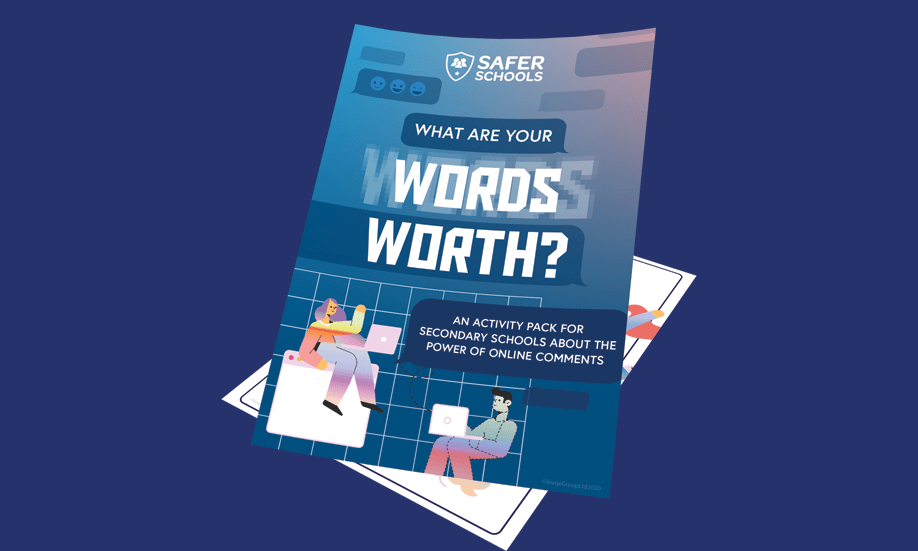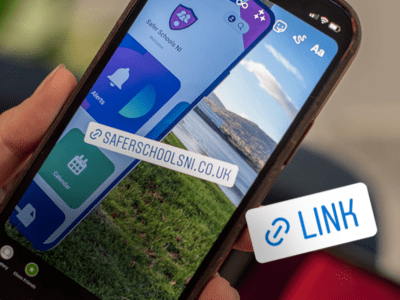Once upon a time, chatting with friends outside of school meant using a landline and playing games with pals involved knocking on their doors, being bullied by other pupils was at least confined to within school hours.
Now, the virtual world has created a 24/7 timeframe for children and young people to become the targets of bullying. With phones in their pockets and consoles in their bedrooms, the idea of home being a ‘safe place’ away for school bullies is sadly of the past.
For Thomas, our story’s protagonist, the bullying is invasive, invariable, and isolating. His teacher is willing to help and offers support but is unaware that the bullying continues outside of the school gates.
Just like Thomas, many children and young people will have apps on their phone and play games they’re not supposed to. This can create a barrier of feeling like they can’t speak to a parent, teacher, or another trusted adult about online bullying, fearing they may get in trouble.
It’s not just when children and young people are at home that cyberbullying happens. Nearly three out of four children who have been cyberbullied experienced some of it at school or during school time.


Join our Safeguarding Hub Newsletter Network
Members of our network receive weekly updates on the trends, risks and threats to children and young people online.









